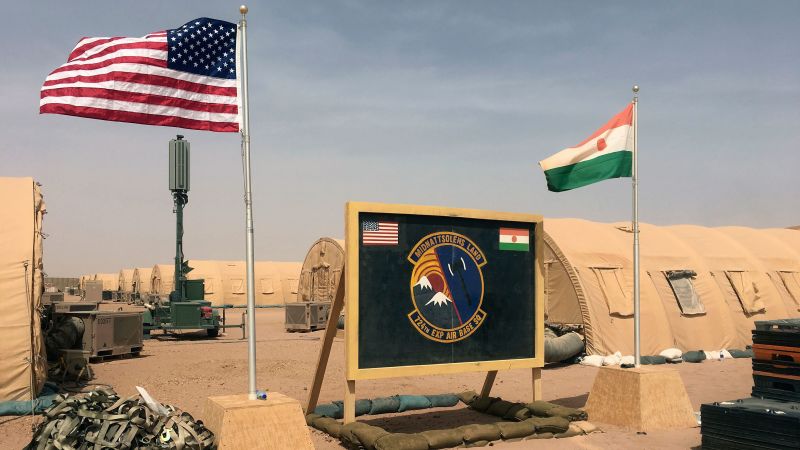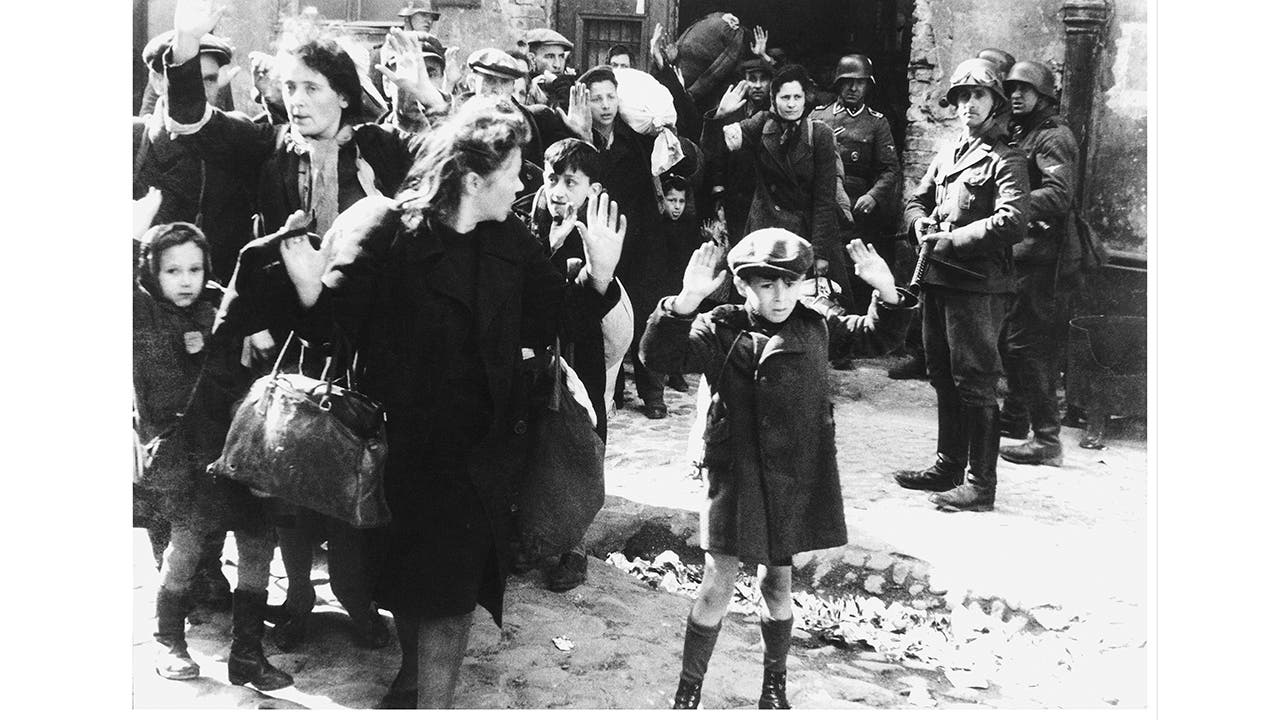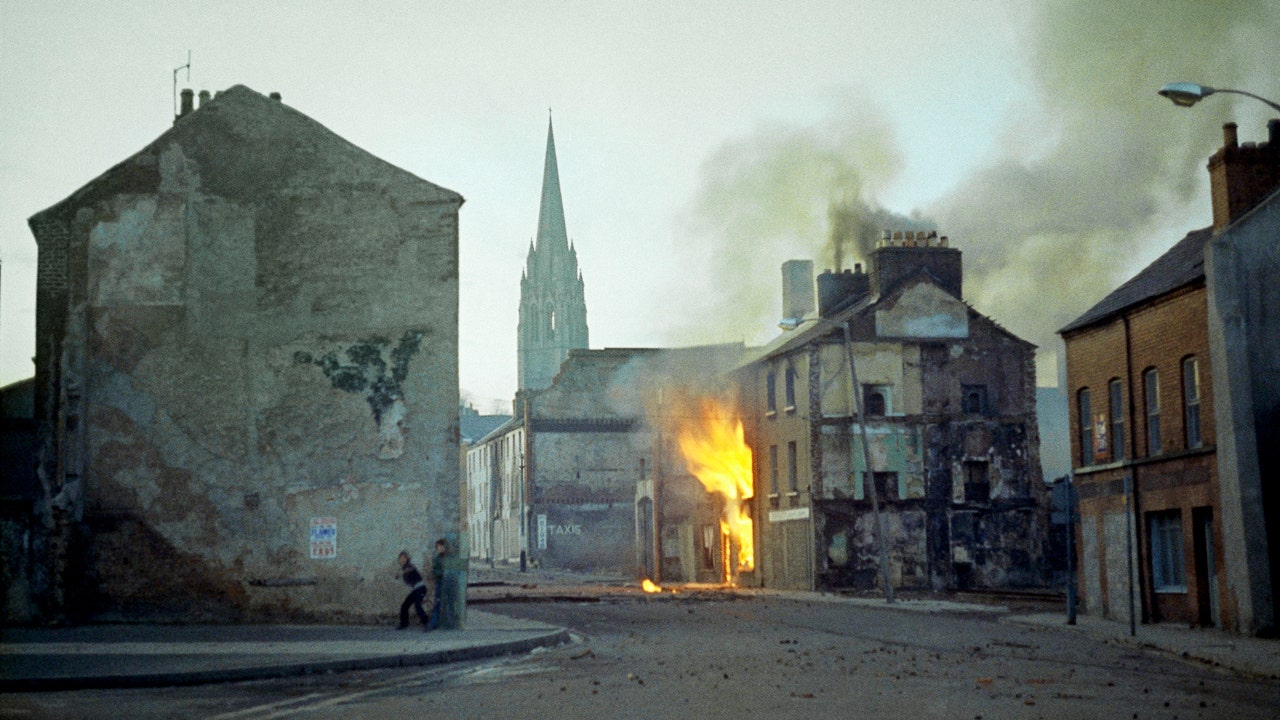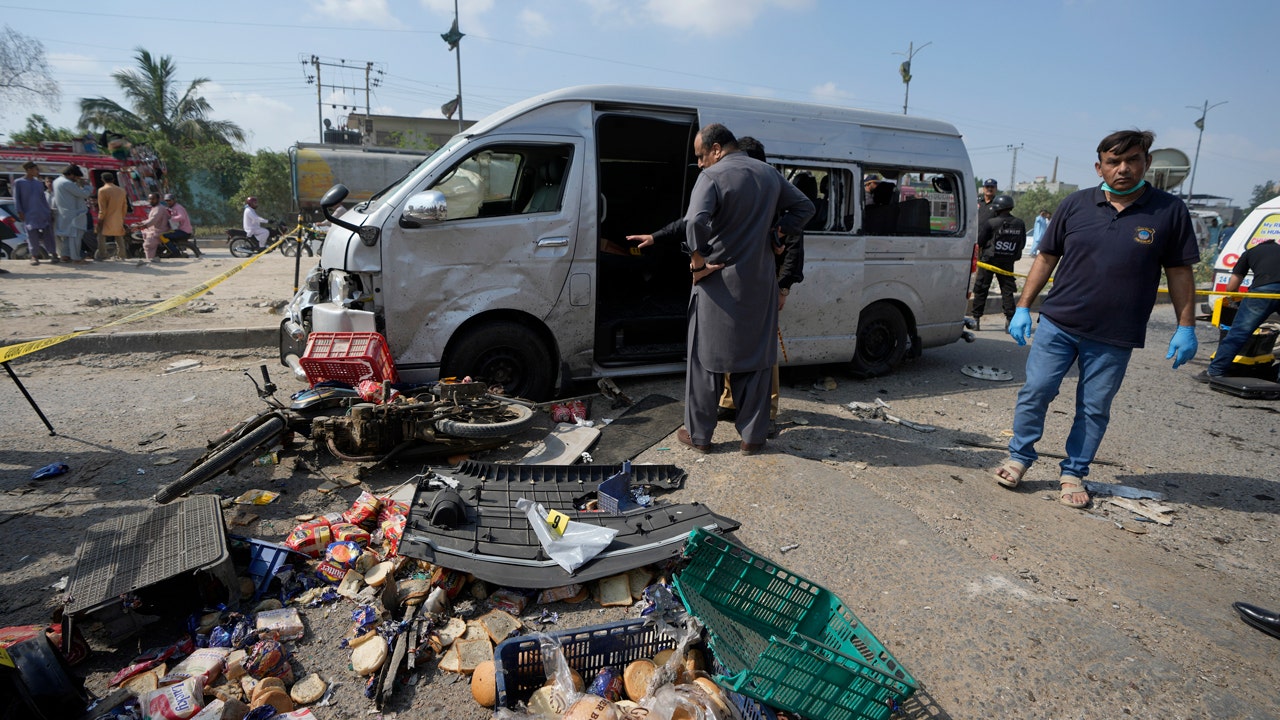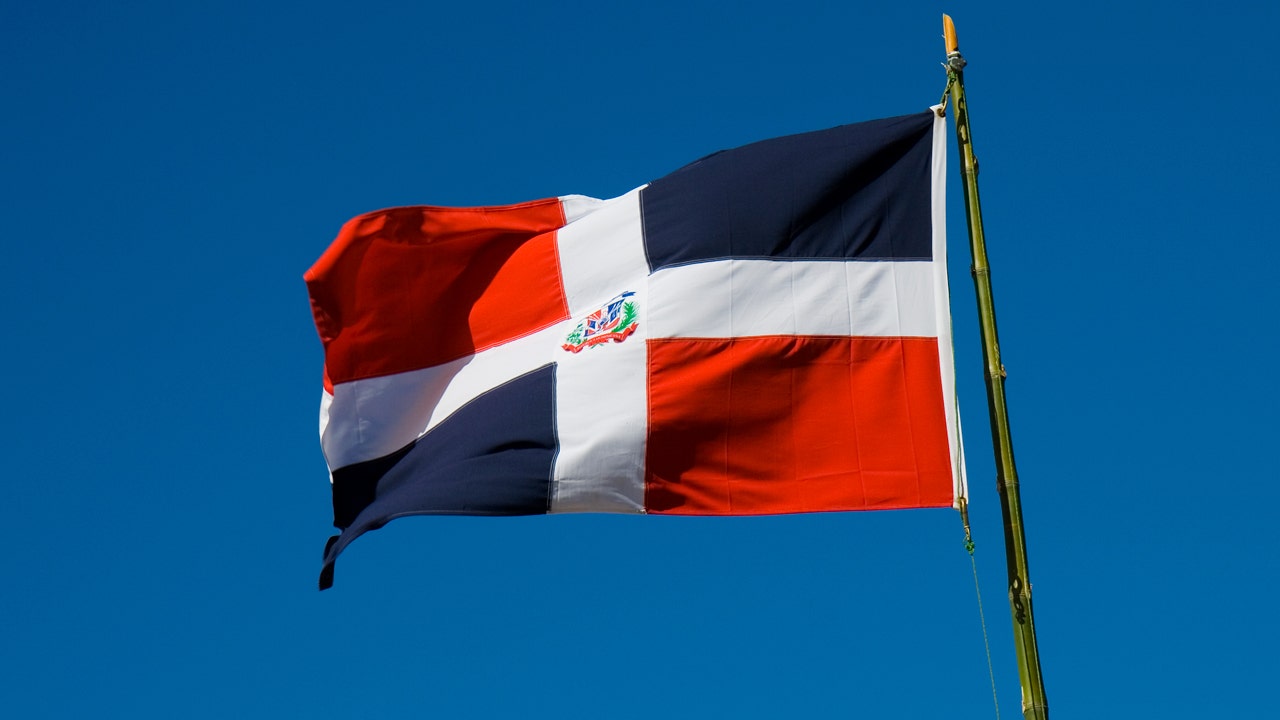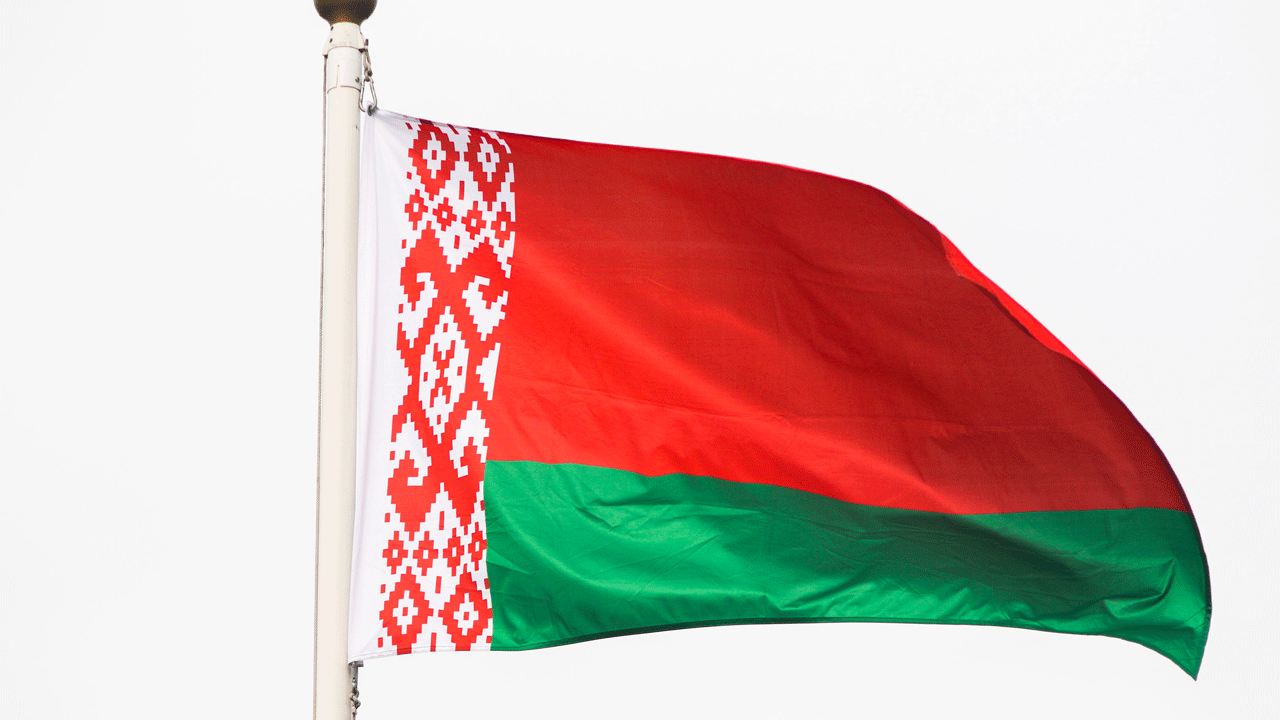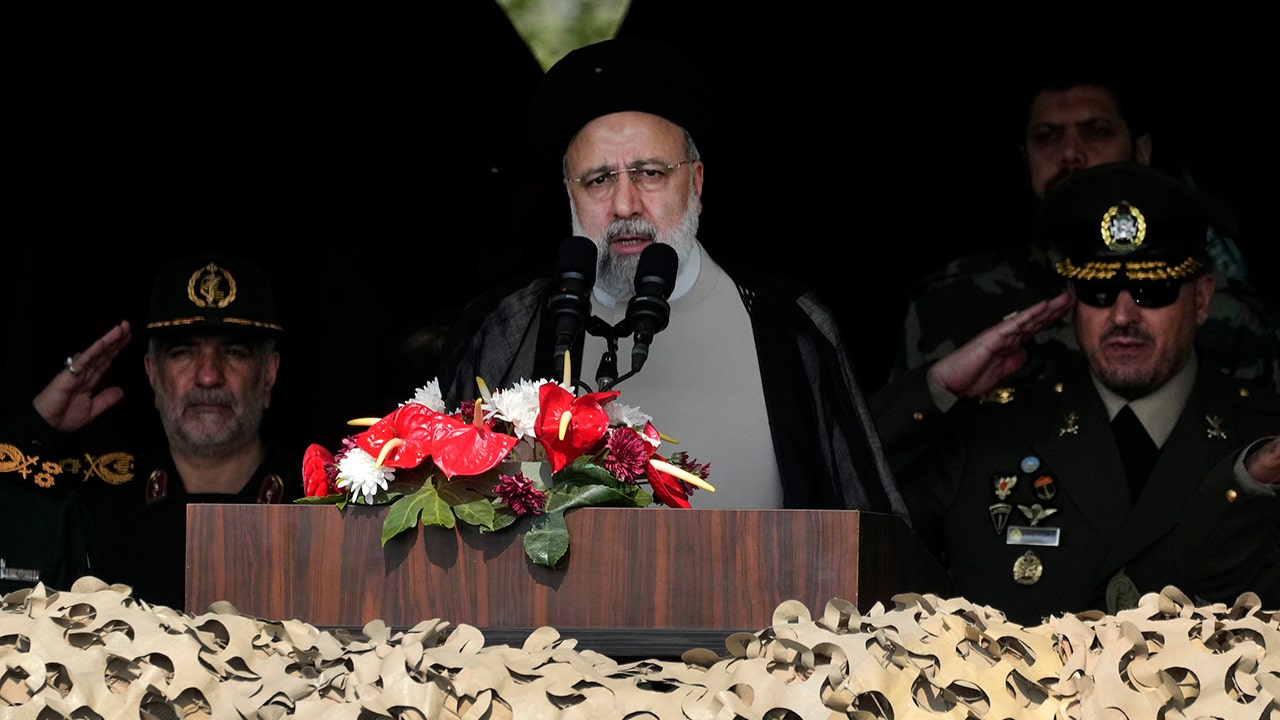On Sept. 1, 1939, Nazi Germany’s attack on Poland triggered World War II, prompting France and the United Kingdom to honor their defensive pact with Poland and declare war on Germany in response.
As Germany invaded from the west, the Soviet Union invaded from the east, culminating in the division and annexation of Poland under the German-Soviet Frontier Treaty.
The Nazis subsequently unleashed brutality on Poland’s considerable Jewish population, herding them into urban ghettos to await transport to the Majdanek and Treblinka extermination camps.
SURVIVOR OF THE WARSAW GHETTO UPRISING HONORED ON 80TH ANNIVERSARY
During the Grossaktion Warsaw, in the summer of 1942, a quarter of a million Jews were transported from the Warsaw Ghetto to Treblinka. In response, groups including the Jewish Combat Organization and the Jewish Military Union began to organize a resistance effort, leading to the largest military uprising by Jews during the war.
As the Nazis’ concentration camp deportation plan unfolded toward the end of 1942, the Jewish resistance initially decided to refrain from military action, under the belief that the Jewish population was being sent to labor camps. As word spread of the Nazi plan for Jewish extermination, fervor for armed resistance spread.
The first limited armed conflict in the Warsaw Ghetto Uprising took place on Jan. 18, 1943, as sparsely armed Jewish families took heavy losses, but inflicted dozens of casualties on Nazi soldiers.
Then, on Passover eve, on April 19, German police and SS forces entered the Warsaw ghetto intent upon completing the deportation plan.
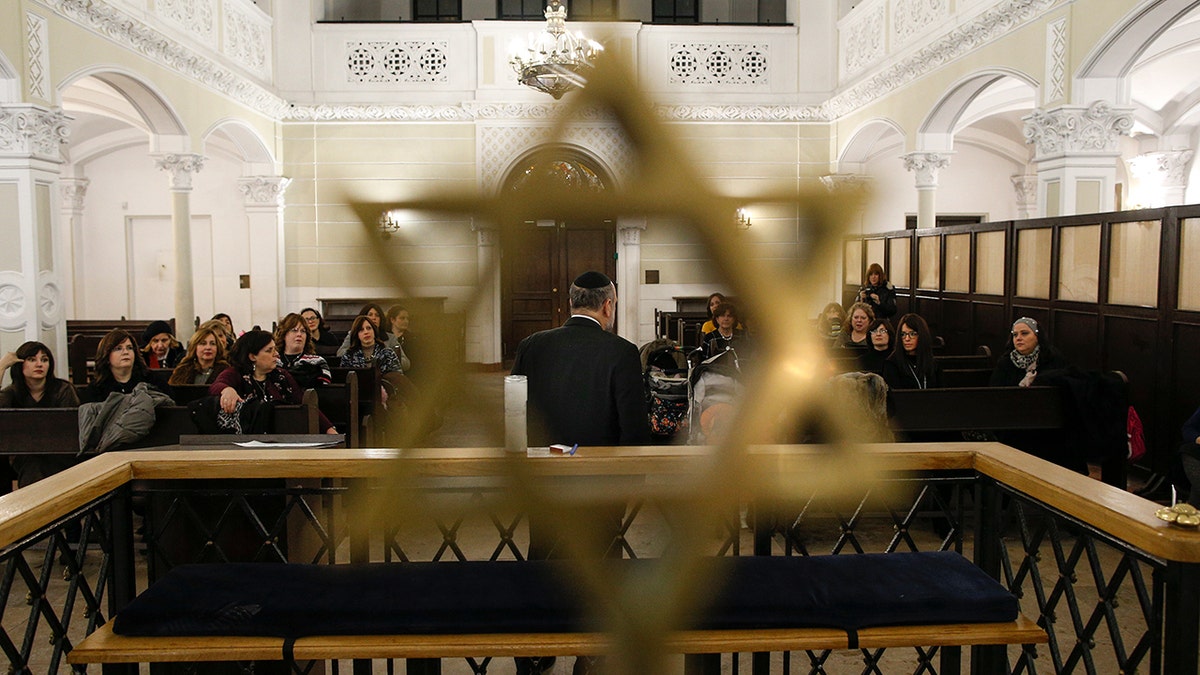
Soon, they met with heavy resistance from Molotov cocktails and grenades. Knowing the Nazi response would be fierce and total, the Jews decided to fight to the end; they refused to allow the Nazis to choose their time and place of death, and desired to call attention to the world’s troubling inaction in the face of growing awareness of Nazi atrocities.
SS Brigadefuhrer Jurgen Stroop, who commanded Warsaw, gave the Jewish defenders an ultimatum, offering them an opportunity to surrender. Upon rejection, Stroop resorted to burning the Jewish resistance out, employing flamethrowers and fire bottles. The so-called “Bunker Wars” lasted for a month, as the brave Jewish defenders slowed German progress in dense house-to-house urban warfare. Some driven from above ground, many defenders took refuge below in dugouts, bunkers and sewers.
GREAT SYNAGOGUE OF WARSAW TO ‘REAPPEAR’, 76 YEARS AFTER BEING DESTROYED BY NAZIS DURING GHETTO UPRISING
Following weeks of combat, the Jewish Military Union lost all of its commanders, prompting its last fighters to escape to the Michalin forest through the Muranowski tunnel on April 29, marking the end of the major engagement, although sporadic resistance continued until early June.
An estimated 13,000 Jews were killed during the uprising, while nearly all the rest were deported to the Majdanek and Treblinka concentration camps. Virtually every structure in the Warsaw Ghetto was subsequently demolished, and Stroop reported to his superiors on May 16, 1943, that the Warsaw Synagogue had been blown up. After razing the incinerated buildings, the Nazis built the Warsaw concentration camp complex in their place.
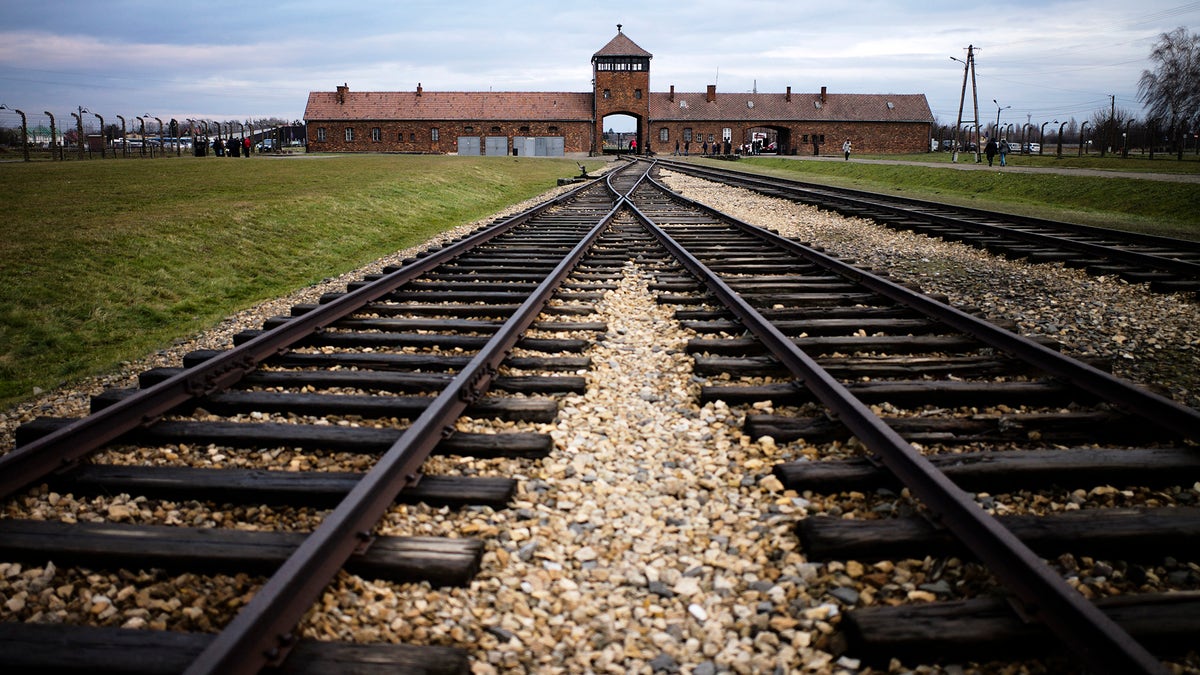
However, justice would come for Stroop and the other Nazi commanders who oversaw the anti-Jewish brutality in Poland. Virtually all died in combat during the war or were captured by Allied forces and faced either execution or lengthy prison sentences. Stroop was captured in Germany by American troops, and following his conviction for war crimes, was hanged in Poland in 1952.
While the Jewish resistance faced overwhelming odds against the vastly larger and better armed German forces, the Warsaw Ghetto Uprising stands as an important milestone in Jewish history, demonstrating the triumph of the human spirit in the face of adversity, and inspiring other resistance and partisan forces both in Poland and beyond.
In 2018, Simcha Rotem, who played a key role as a courier in the Warsaw resistance, became the last survivor of the Warsaw Ghetto Uprising, dying in Jerusalem, aged 94.
Read the full article here


